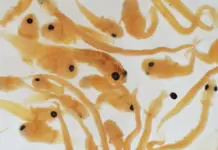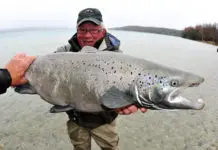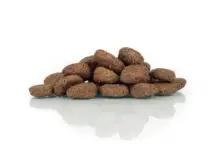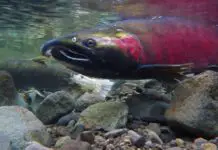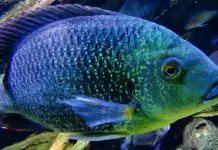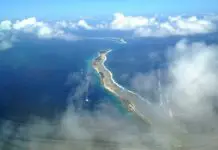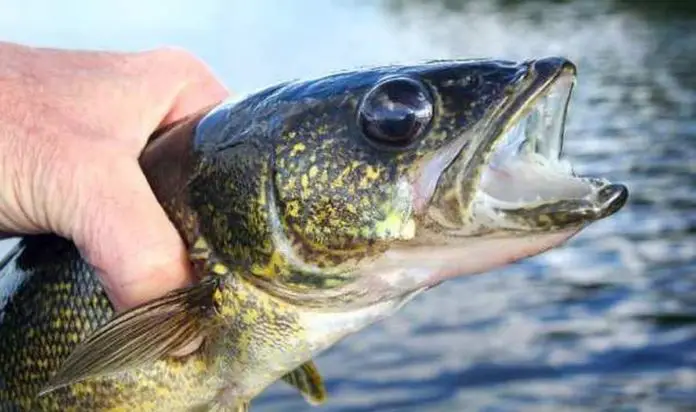
NIFES has been monitoring the content of undesirable substances in Norwegian farmed fish since 1994. The status of samples collected in the course of 2009 shows low levels of these substances in various species of farmed fish, and a decline in total dioxins and dioxin-like PCB in farmed salmon. Monitoring thus provides documentation that farmed salmon conforms to regulations on seafood safety.
Status report on the levels of undesirable substances and drug residues in farmed fish
Chemical pollutants in farmed fish
The levels of contaminants in farmed fish fillets largely reflects the feed the fish has consumed. Commercial fish feed is regulated by EU directives which Norway also implement. Thus the EU and Norway have established maximum levels in feed for several pollutants, such as dioxins and dioxin-like PCBs and heavy metals. The Norwegian Food Safety Authority has a programme for monitoring the levels of undesirable substances in fish feed, which also covers feed ingredients, as well as a monitoring programme on drug residues and the levels of certain environmental pollutants in farmed fish.
Farmed salmon
Pollutants such as PCB7 and heavy metals in salmon fillets have been monitored for more than 10 years, while dioxins and dioxin-like PCB have been included since 2004. Documentation of the levels undesirable substances in salmon comes from two sources; one is NIFES’s surveillance programme which examines individual fish and these results can be accessed in NIFES’s searchable database (http://www.nifes.no/seafooddata), while the other is the Norwegian Food Safety Authority’s surveillance programme linked to EU Directive 96/23 (these reports can be accessed on the websites of both the Norwegian Food Safety Authority and NIFES).
The levels of pollutants in salmon fillets in 2009 were low compared with the EU’s upper limits for those pollutants where such values have been established. The level of dioxins and dioxin-like PCBs in salmon fillet is approximately 1/8 of the limit set by the EU and Norway for the legal sale of seafood, and is comparable to the levels found in oily fish species such as mackerel, spring-spawning herring and North Sea herring. As yet, no upper limit has been set for PCB7 in the Codex or by the EU or Norway, but the levels are low and largely comparable with the levels found in mackerel, spring-spawning herring and North Sea herring. As regards the presence of the heavy metals from 2009, The levels of mercury, cadmium and lead in farmed salmon, stated as a percentage of the EU’s upper limit are 6%, 4% and 3%, respectively. The levels of dioxins and dioxin-like PCBs and PCB7 have declined in recent years, while the heavy metal concentrations are low and show a stable trend.
Farmed trout
Farmed trout is included in the Norwegian Food Safety Authority’s surveillance programme and the results found for pollutants in this species are comparable with those reported above for farmed salmon.
Farmed cod
Farmed cod is a lean species with a low fat content and the levels of organic pollutants such as dioxins and PCB in the fillet are about 1/10 of the concentrations found in oily fish species , but are comparable with the levels found in wild cod. Similarly the levels of heavy metals in farmed cod are similar to those measured in wild cod.
Drug residues in farmed fish
In order to ensure that farmed fish for human consumption do not contain remnants of approved drugs, including anti-lice agents, in quantities that represent a health risk, or residues of unauthorised drugs, Norway has a system of controls that is in complete conformity with international guidelines. The system was introduced in Norway at the end of the 90s and is based on the control and registration of drug use, the establishment of retention periods which ensure that the fish cannot be harvested until a specified period has elapsed after drug treatment, and analytical controls to determine any presence of drug residues in farmed fish. Analyses of samples taken in 2009 and previous years have not shown any remnants of unauthorised drugs, or remnants of authorised drugs above internationally accepted levels. (See previous published article: Monitoring of drugs in farmed fish in 2009).
Surveillance system
Under international regulations, Norway is committed to monitor the level of certain drugs and environmental pollutants in farmed fish. These regulations also apply to all other food-producing livestock and products of animal origin. The Norwegian Food Safety Authority is responsible for sampling, wheras NIFES carries out the analyses and is responsible for reporting on issues related to farmed fish. The system is monitored by the EFTA Surveillance Authority (ESA) which ensures that EU law is correctly enforced in EFTA states. The samples taken in 2009 were from approximately 9000 farmed fish. The surveillance results are published in publicly available reports which can be accessed at www.nifes.no
Contact person:
Kåre Julshamn
Head of Research, Surveillance Research Programme























